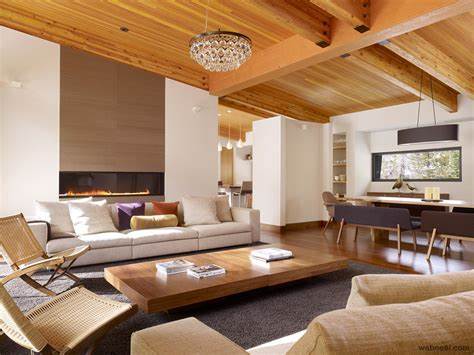As an interior designer, you should already know the significance of usability and aesthetics. Your residence, place of business, and interior design website are all lovely and useful places.
Customers view your website as an expansion of your company.
A top-notch website shows potential customers that you are knowledgeable, meticulous, and stylish.Planning a website for an interior designer takes time, but the effort can generate new sales leads. Let’s look at some factors to take into account before creating an interior design website:
Create a Content Plan
The first stage is choosing the material you need to include in your interior design agency’s website.
What pages, in other words, would you like to have on the website?To get started, you’ll need the essentials, like a website, a about page, and perhaps a few links to your live social network accounts.
You’ll require content for these pages in order to persuade potential customers to get in touch with you and learn more about your interior design services.
Both your decorating preferences and your experience should come over in these parts. The pages below will be helpful for interior designers:
• Your prior projects’ portfolios or photo gallery
• The pitch page
• Client endorsements
• Media references of your images
Make Navigation Intuitive
Once you’ve chosen which web pages to include, it’s time to build a navigation system.
This is how links and menu bars are organized to make it easier for people to get the content they need. If the interface is clear and easy to use, your users will have a wonderful experience.
Sort your web pages into groups to start. Include connections to your most crucial pages in the main group. The primary menu bar is where you’ll find these buttons.
Are you unsure of what to include? Consider your website from the user’s point of view. What are visitors seeking when they arrive at your home page?
If they’re thinking about employing you for project design, they’ll undoubtedly want to see some samples.
Make a beautiful homepage.
Only a few seconds are left once someone enters your homepage before deciding whether or not to stay. That is why it is essential to have a visually beautiful and interesting page when creating a website for interior designers.
Using high-resolution photos to tell your narrative online is considered best practice because interior design is so visually appealing. You could pick just one picture to represent your particular style. An approach is to utilize a slideshow with images that change momentarily. This is especially useful if you have various interior design specialties. For the same purpose, you can employ Big Cartel substitutes.
Choose a user-friendly portfolio design.
Your profile is the lifeblood of your home interior website. It’s typically deciding when a client chooses to use your services.
A portfolio has a variety of uses:
• The user is “wowed” by beautiful photographs.
• It showcases your individual style.
• Shows off your skills and knowledge
Start by classifying projects into groups like commercial, residential, and dwelling unit. Then, use smaller photo files to guarantee that the page loads quickly.
Instead of using interactive image tiles for each project, think about giving each image a label and a short outline.
Conclusion
Your website can aid in the promotion of your company if it is appealing, inspiring, and well-designed. It’s a warning sign if it’s unclear and ugly.

















